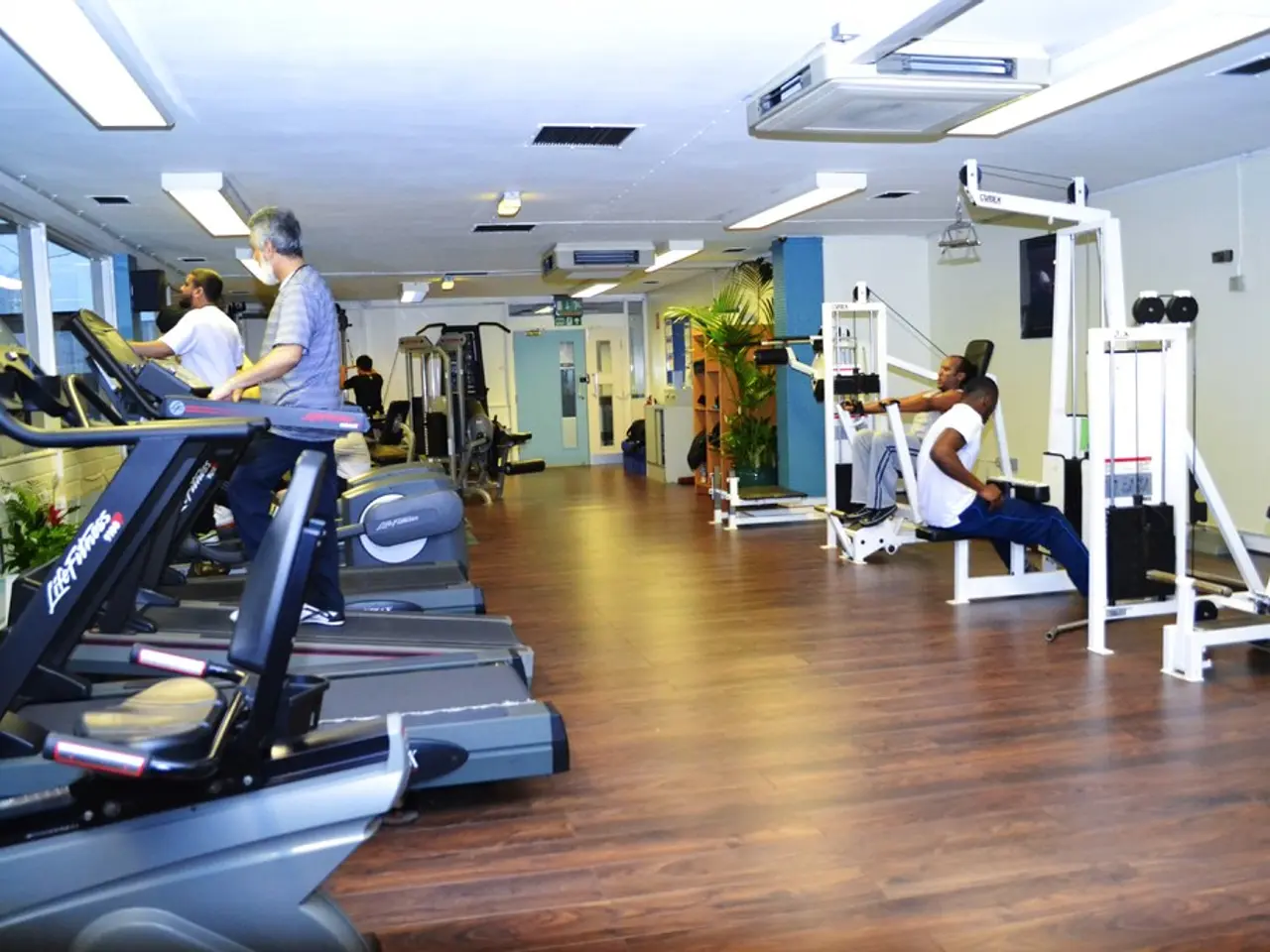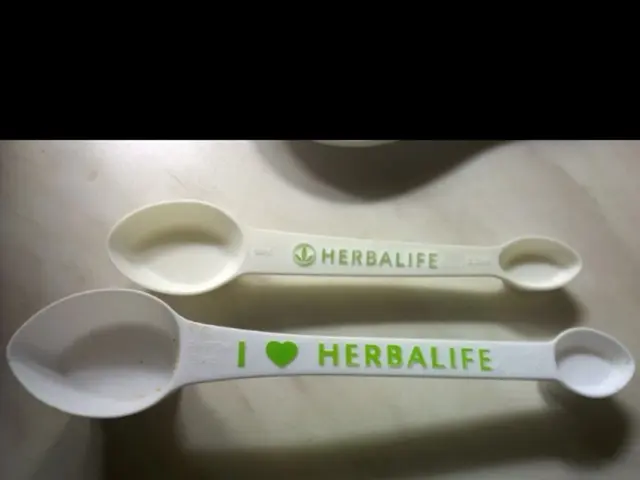For those capable of maintaining this stance for 45 seconds, your strength is deemed exceptional past the age of 50.
The plank is a versatile exercise that not only tests your endurance and body control but also targets your abdominals, glutes, shoulders, and legs. It's an essential move for supporting your spine, improving posture, and protecting your back from injury. Here's how you can improve your plank time and core strength as you age.
Mastering the Plank
To hold a plank properly, start by resting on the floor, with your forearms on the ground and your elbows under your shoulders. Extend your legs straight behind you, aligning your body in a straight line. Engage your muscles, set a focal point, and hold steady while breathing. Maintaining a steady plank without sagging or shaking demonstrates the muscular resilience needed for real-life challenges.
Strategies to Hold Plank Longer
To improve your plank time, focus on building core, glutes, and shoulder strength. Aim to perform these exercises 2-3 times per week: planks, core exercises like dead bugs and bird dogs, glute bridges and hip thrusts, and shoulder exercises like band pull-aparts. Practice the plank frequently, starting with shorter holds and gradually increasing time each week. Remember, form is crucial; a shaky or sagging plank doesn't count. Maintain a straight line from your head to your heels, engage your core, and reset if your form breaks.
Measuring Your Progress
To gauge your progress, consider these benchmarks: Elite - 45 seconds or more, Strong - 30 to 44 seconds, Needs Work - Less than 30 seconds. Maintaining a plank for nearly a minute indicates better strength and stability compared to most people of the same age.
Progressing the Plank
Once you're comfortable with a 45-second hold, it's time to add some challenge. Try side planks, plank shoulder taps, or weighted planks to keep improving.
For Individuals Over 40
As you age, it's essential to adjust your routine to respect changing muscle and joint health. A varied approach that includes progressive plank holds, diverse core exercises, compound moves with kettlebells, and functional, rotational, standing core work will help maintain strength, stability, and injury prevention as hormones and muscle mass naturally change with age.
In summary, to improve core strength and plank time after 40:
- Build up plank duration gradually toward 90 seconds with proper form.
- Supplement planks with functional, rotational, standing core exercises and glute-hip strengthening.
- Incorporate compound resistance movements that challenge core stability.
- Focus on quality, control, and gradual progression tailored to your fitness level and joint health.
This strategy will produce stronger, more resilient core muscles suitable for daily life and active aging. Happy planking!
- The plank exercise targets not only the abdominals, glutes, shoulders, and legs, but also improves posture and spine support, and is essential for real-life challenges.
- To improve plank time and core strength, focus on building core, glute, and shoulder strength through exercises like planks, dead bugs, bird dogs, glute bridges, hip thrusts, band pull-aparts, and practice regularly, starting with shorter holds and gradually increasing time each week.
- Maintaining a plank for nearly a minute indicates better strength and stability compared to most individuals of the same age.
- As you age, adjust your routine to include progressive plank holds, diverse core exercises, compound moves with kettlebells, and functional, rotational, standing core work for strength, stability, and injury prevention.






